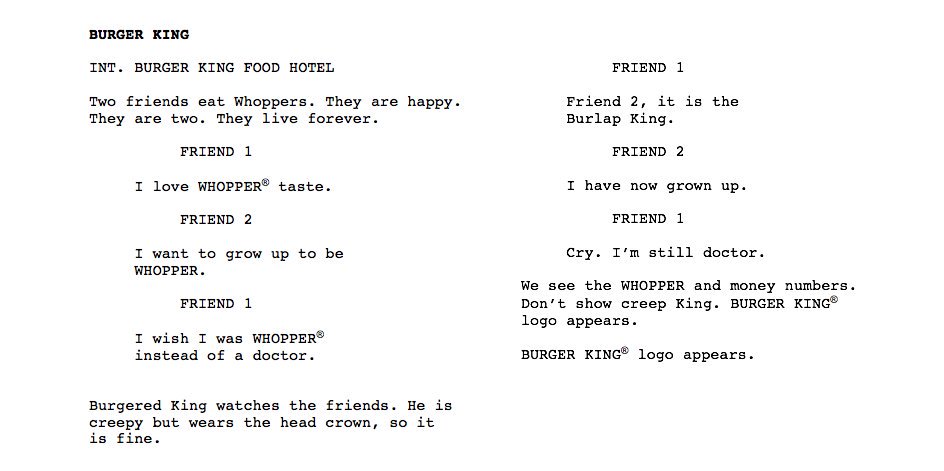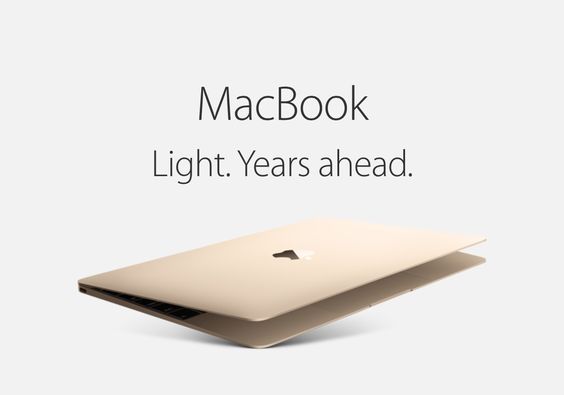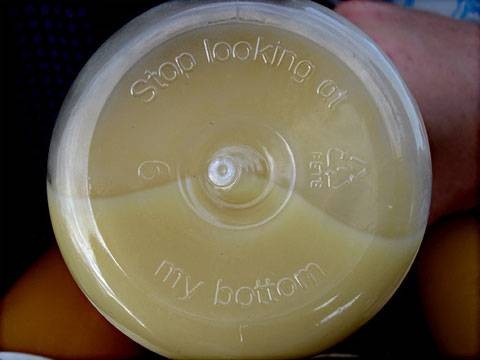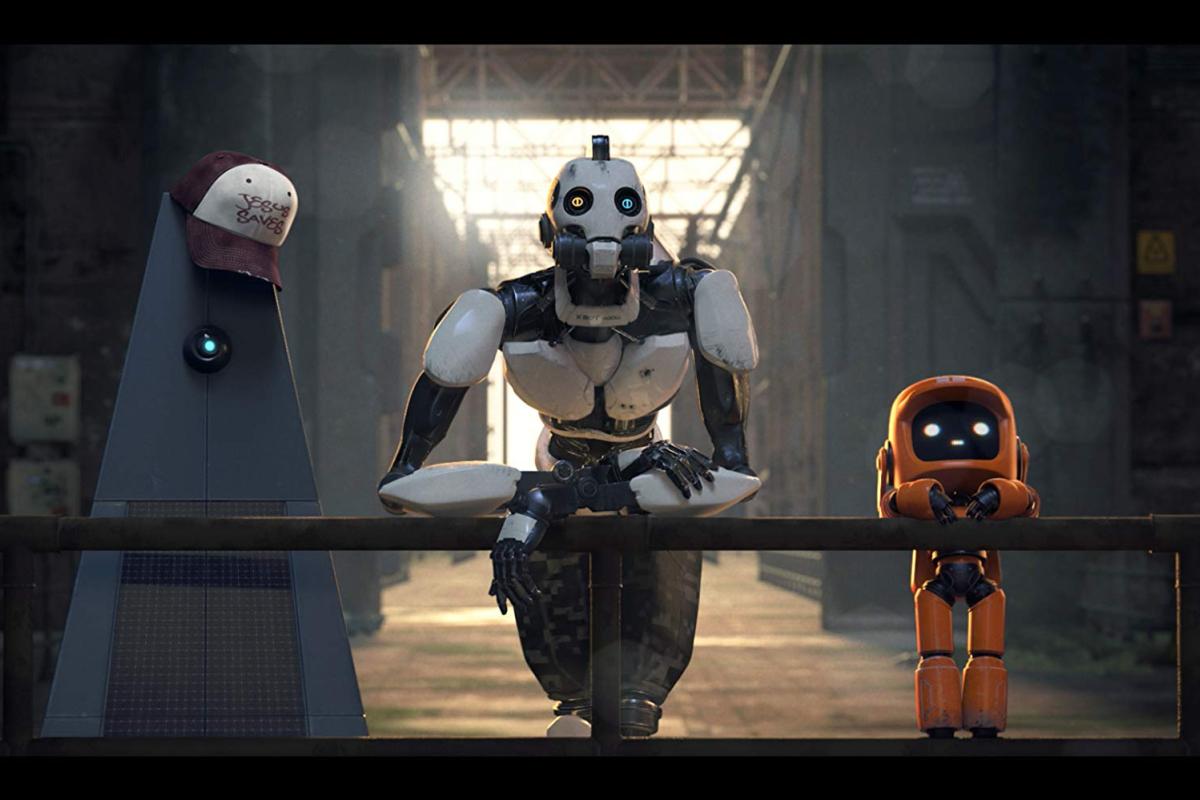The robots are coming. Aren’t they?
Let’s see what robots have so far been up to. In the advertising industry, that is. In 2016, McCann Japan announced they’d created the world’s first AI Creative Director and it had made a TV ad – the world’s first TV ad to be made by a robot. We got so excited. What will it do? What will it be capable of? Is this the future of advertising?
Then we got nervous. What will it do? What will it be capable of? Will it be more creative than us? Will it replace us? Is this the future of advertising? And then we saw the TV ad it made.
Erik Oster at Agency Spy said, “It seems safe to say our robot overlords won’t be taking over the ad industry anytime soon.” Even Shun Matsuzaka at McCann – the agency that built the robot – said, “Honestly, it was a major blow.”
Two years later, and the industry press got us all excited once again and it seems, forgets all about McCann’s AI Creative Director and the ad it made, and announces that another ad is actually the first to be made by a robot. Marketing Week reported, “Lexus creates the world’s first advert made by a robot” and Campaign reinforced the fact that a robot had made an ad, saying, “This is the Lexus ad that no human created.” Here it is.
Looks pretty good, right? Because a robot made it, right? Roby Clymo at TechRadar reported, “The storyline itself along with the script was concocted using AI in a collaboration between technical partner Visual Voice, IBM and creative agency The&Partnership.”
It was made by a load of people too. But the industry press continued to praise the work with plenty of commentary on how beautifully shot the ad was. Well, it would be – it was filmed by Kevin MacDonald, an Oscar award-winning filmmaker.
As for the story – the writing, David Griner at Adweek said, “While shot beautifully and compellingly by Macdonald, the spot’s script with disjointed ideas form a storyline that’s less of a narrative than a series of checked boxes.” In summary, Griner said, “In terms of Copywriting and overall creative, it’s not a stellar ad.”
Last year, Burger King gave a robot a go
They tweeted, “We forced a bot to watch 1000 hours of Burger King commercials, then asked it to write a few of its own. Here’s the first one.”
And here it is.

Funnily enough, we didn’t see the other ads the Burger King robot wrote, and we haven’t seen any other brands using robots to make their ads since.
Why? Because robots can’t write ads.
Robots can’t write Copy
Ladies and gentlemen, the robots aren’t coming because robots aren’t Copywriters. But why can’t robots write Copy? McCann, Lexus and Burger King all programmed their robots with the data they’d need to create a story, so what went wrong? Well, to tell a story – an interesting and inspiring story – we need more than data because an effective story – a story that compels consumers to feel something and even more importantly, do something, like buy our products – relies on something far bigger and far more important than data. Think about it. When we tell a story – when we write Copy – it comes from our mind, body and soul. I Googled, “How do I make a robot?” and found that to make a robot, I need all of this:
1 microcontroller
2 continuous rotation servos
2 wheels that fit the servos
1 caster roller
1 small solderless breadboard
1 distance sensor
1 mini push button switch
1 10kΩ resistor
1 USB A to B cable
1 set of breakaway headers
1 AA battery holder with 9V DC power jack
1 pack of jumper wires or 22-gauge hook-up wire
And that’s what’s missing – that’s why robots can’t write Copy that will engage us humans. We’re programming robots with data but as author and journalist Steven Poole says, “Writing is not data, it is a means of expression and a computer program has nothing to express.” Steven continues, “Until robots have rich inner lives and understand the world around them, they won’t be able to tell their own stories.”
That’s it – that’s what’s missing from a robot’s capabilities.
All the things that make us us. All the things that help us relate to and connect with our consumers. Shared cultures, experiences, memories, references - the tools we need to tell stories.
Remember this from Mad Men?
That’s how we create effective communications with our consumers – by using personal experiences and telling stories filled with emotion. It’s emotion that helps us appeal to our consumers’ hearts and minds. Emotion is what gets our consumers to believe in us, trust us and most importantly, buy from us.
As cognitive scientist Paul Thagard says, “Human emotions depend on our physiology.” What we’re made of. He continues, “Because robots are made of metal and plastic, it is highly unlikely that they will ever have the kinds of inputs from bodies that help to determine the experiences that people have.
On the theory that emotions are physiological perceptions, robots will probably never have human emotions, because they will never have human bodies.”
Robots will never experience the things we experience. Robots will never know what it’s like to feel something. Robots will never know what it’s like to have loved and have lost. So robots will never be able to write Copy that moves humans like this multi award-winning ad by AIS in London that went out in 2014.
Harrison’s dad Alex worked closely with the agency and the charity to write an ad that would shock people into taking notice – and acting. A story like this can only really be effective if it’s come straight from a real-life experience – and straight from the heart.
It was covered heavily, not just in industry press but in national news and most importantly, the charity received an increase in donations because it appealed to the consumers’ emotions and provoked a reaction.
But us humans don’t have to just rely on sadness to tell effective stories that’ll make an impact.
Emotions are so many things. Fear, anger, joy, surprise, delight. We can draw on any of these emotions to instinctively tell stories, show compassion, offer advice, and tell jokes but robots can’t instinctively – or otherwise – do any of these things. As Purdue Polytechnic’s Professor Julia Taylor says, “Anything that is inherently human is always very difficult to translate into a computer.”
In 2017, Janelle Shane, an Optics Research Scientist, programmed a robot to write jokes.
She plugged in over 43,000 jokes using basic joke structures and here are some of the jokes the robot wrote:
What do you get when you cross a dinosaur?
They get a lawyers
Why was six afraid of seven?
Because he doesn’t have a birthday
Seeing that this approach wasn’t working, Janelle tried programming the robot to answer common joke questions but it couldn’t answer any:
Why did the chicken cross the road?
To screw in a light bulb
How many engineers does it take to change a light bulb?
A star an alligator
And because they are bees
But it’s not just great storytelling and telling jokes that makes a good piece of Copy. It’s great craft, which leads to great writing. Robots can be programmed to write ordinary lines, but they can’t be programmed to write extraordinary lines. They don’t know the techniques that come from learning the craft. They don’t have the popular culture references that help us play into a current trend. They don’t have any imagination, and they don’t have those wake-up-in-the-middle-of-the-night I’ve-got-it moments.
As Bill Bernbach says, “Creativity is the last legal unfair advantage” and we can use that advantage against the robots because they don’t have instinct – human instinct – natural instinct, so they could never be silly, have fun and write lines like “Stop looking at my bottom” on the base of an Innocent bottle and they could never get smart and play with sentence structure like Apple’s “Light. Years ahead.”


These are things that make consumers smile.
And make them take notice. They make our consumers nod knowingly. Even better, they make consumers like us as brands, and when they like us as brands, they believe us and trust us – and spend money with us. So the only formula that’s ever going to work is not Business to Business (B2B), or Business to Consumer (B2C) but Human to Human (H2H) or Person to Person (P2P).
Until robots take over our planet, we’re always talking to people – consumers.
But just to double check on my job security, I put it to the test on the BBC World News site. I entered “I am a Copywriter” but it didn’t know what a Copywriter was so I tried entering “I am a… Creative” and I guess all of our jobs in Advertising are so blurred these days that we fit into a grouping of “Advertising accounts manager or creative director.” We’re all just interchangeable to robots, which gives an insight into what the outcome of this highly intelligent test will be.
Here we go: “Likelihood of automation? It’s not very likely.” So, the robots aren’t coming because robots aren’t Copywriters.
This article was taken from issue 2 of Marketing Society members-only publication EMPOWER. Find out more here and see past articles here (please note some articles are open to the public and some are for members only.)



